Hello friends!
Today I want to share with you a little tour I made of a museum center in the village of Piódão. I've already told you about the particularity of this place here in this post, and now I want to share some of the charm I found in this museum center, which is a little different from the others we're used to visiting. Located in the village of Piódão, just off Largo Cónego Manuel Fernandes Nogueira, this museum, which is open most of the year and has an entrance fee of two euros, is really and truly worth a visit. It is a true tribute and memory to a people who withstood the most difficult hardships, formerly imposed by the harshness of the mountains, and who, having overcome other adversity, are now one of the most visited traditional villages in Portugal. This museum has several artifacts on exhibition, including antique objects, but always being framed with equipment that allows for interactivity (from multimedia equipment (sound, image, video and interaction). The regional ethnography of the people who inhabit this particular area of the Serra do Açor is reflected throughout the collection.
Divided into four main themes: Environmental, Agricultural and Pastoral Activities, Village Life, Family and Domestic Life, offers those who take the time to visit it a pleasant surprise. In my case, I visited it at the end of the afternoon on my way back from a nature walk after having had a lovely lamb lunch in a wood oven! On this day, which was special for me (it was my birthday, I think it was the first time I had spent part of my birthday visiting a museum, and believe me, I didn't regret it. Having two floors, and with the first floor being the museum's reception and souvenir store, I quickly made my way to the second floor and the museum itself. At the top of the stairs I came face to face with a reality that impressed me. The village of Piódão was only connected to the electricity grid in 1979!!! In other words, I had already been born... Until then, the village was powered by a small wind turbine, which provided enough energy to transmit via radio for a few hours and power a few points, such as the main houses and the church. The objects used to till the land reminded me of my grandmother's pantry. As I come from a land that is also close to here, but not so isolated, all the tools were familiar to me, as I remembered my grandmother using them from time to time to take care of the small plot of land at the back of her house.
The pots used to store olive oil, the almotolias (small vessels used to store olive oil when it is brought to the table), the mallets used to beat and loosen cereal grains, the scythes and hoes, the barrels and casks used to store wines and spirits, and even the wineskins used by shepherds who spent much of the day outdoors with their flocks. The bells used by the animals to signal their presence and position... and the oil stoves, and artifacts used in the Holy Eucharist, to the utensils used by the apiculturist, and the utensils that everyone had at home. The fire tongs, which my grandmother happened to have and always used to stir the embers in the fireplace at the end of her small kitchen... all these objects carry an impressive familiarity and symbolic meaning. Nowadays, these objects are just that, souvenirs and memories that have been left over but which surely have a very important story to tell. At the end of the visit, I was asked by the museum attendant if I had enjoyed the visit, to which I replied in the affirmative. She confessed to me that there were many people who found the museum meaningless and meaningless. They didn't see it and didn't waste time finding out why it existed and why the curatorship of the pieces, as simple as they seemed, made the hardship of those days more bearable.
Do you still have memories of when you were a child? Are there any objects that, even if they aren't the same, take you back in time and remind you of other times?
I hope you enjoyed this post of mine, as I really enjoyed my visit to this museum on my birthday.
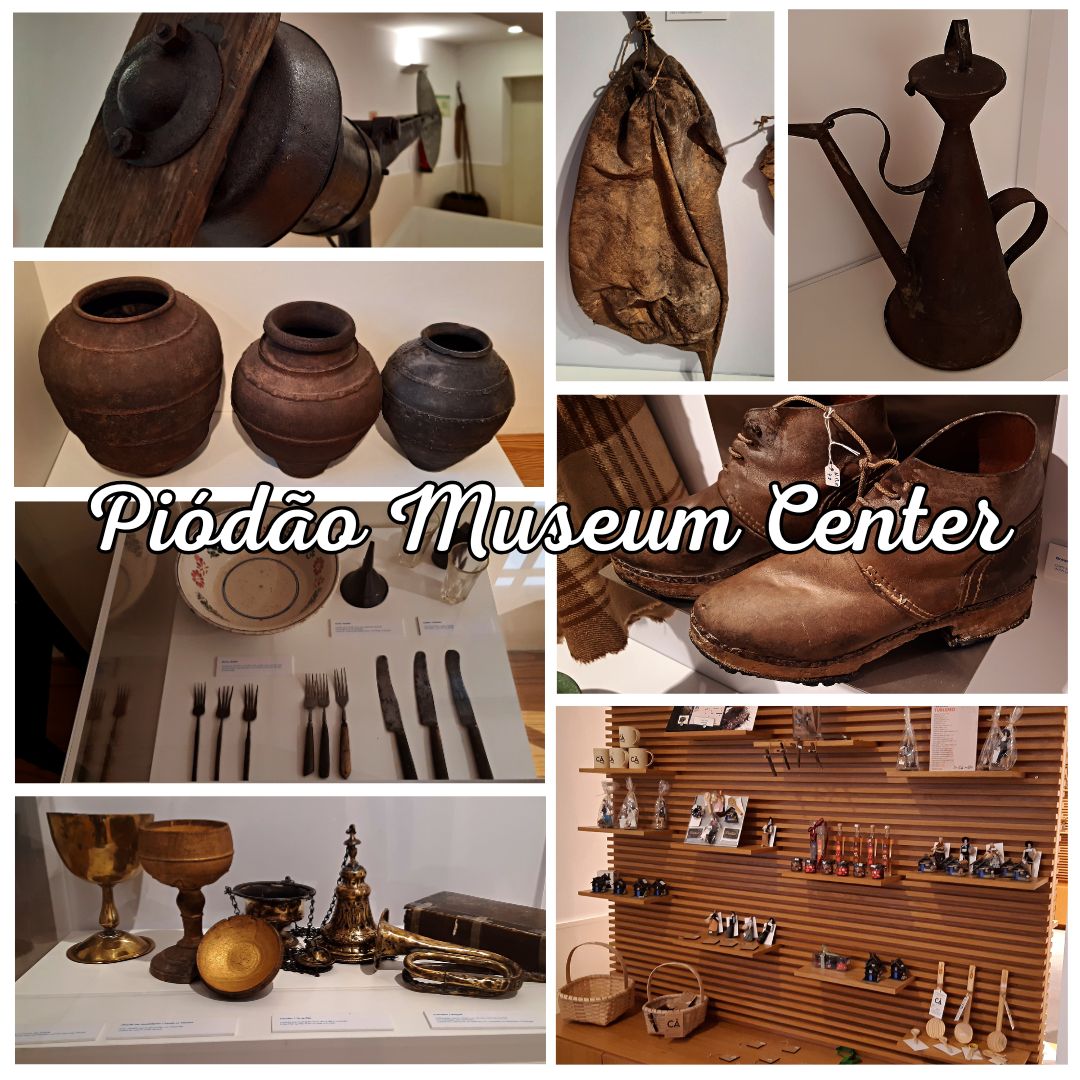


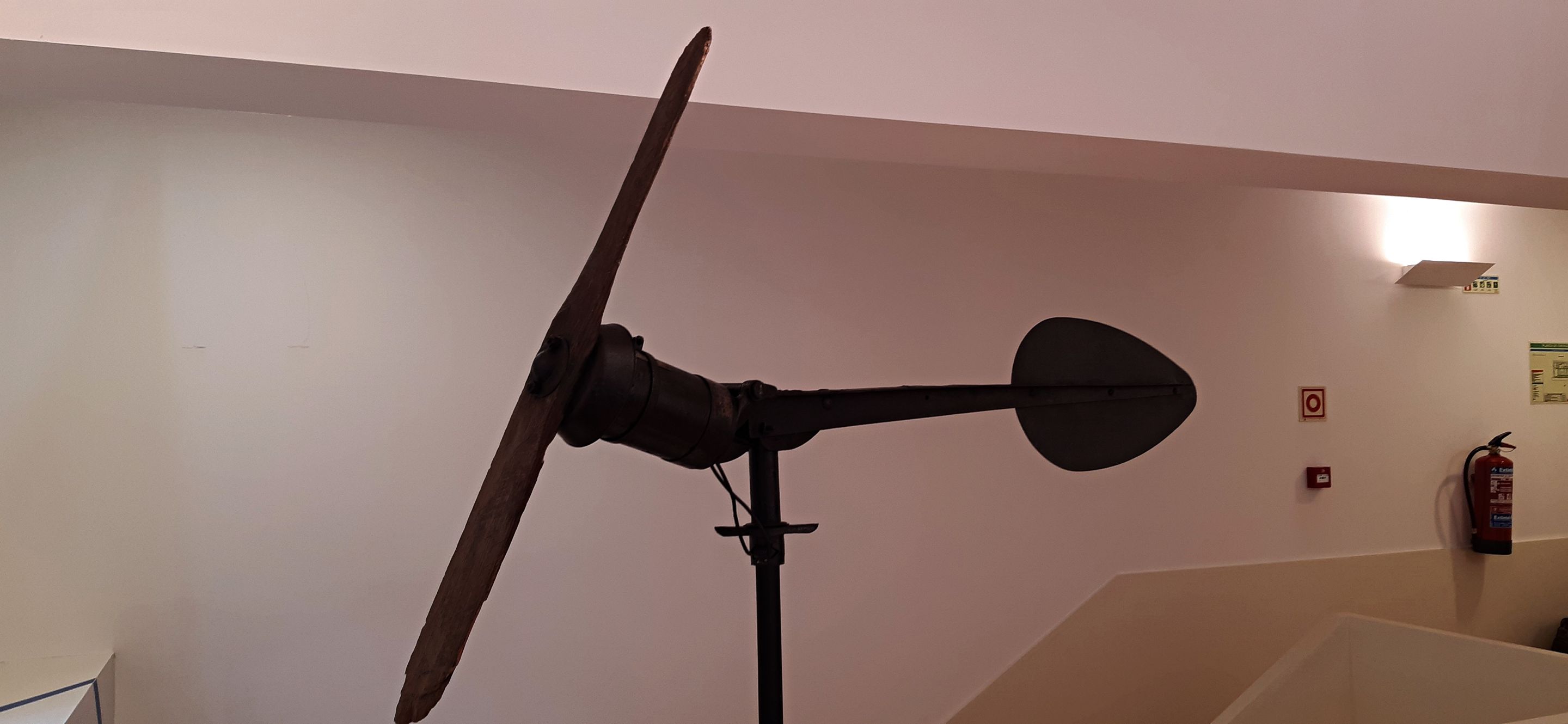
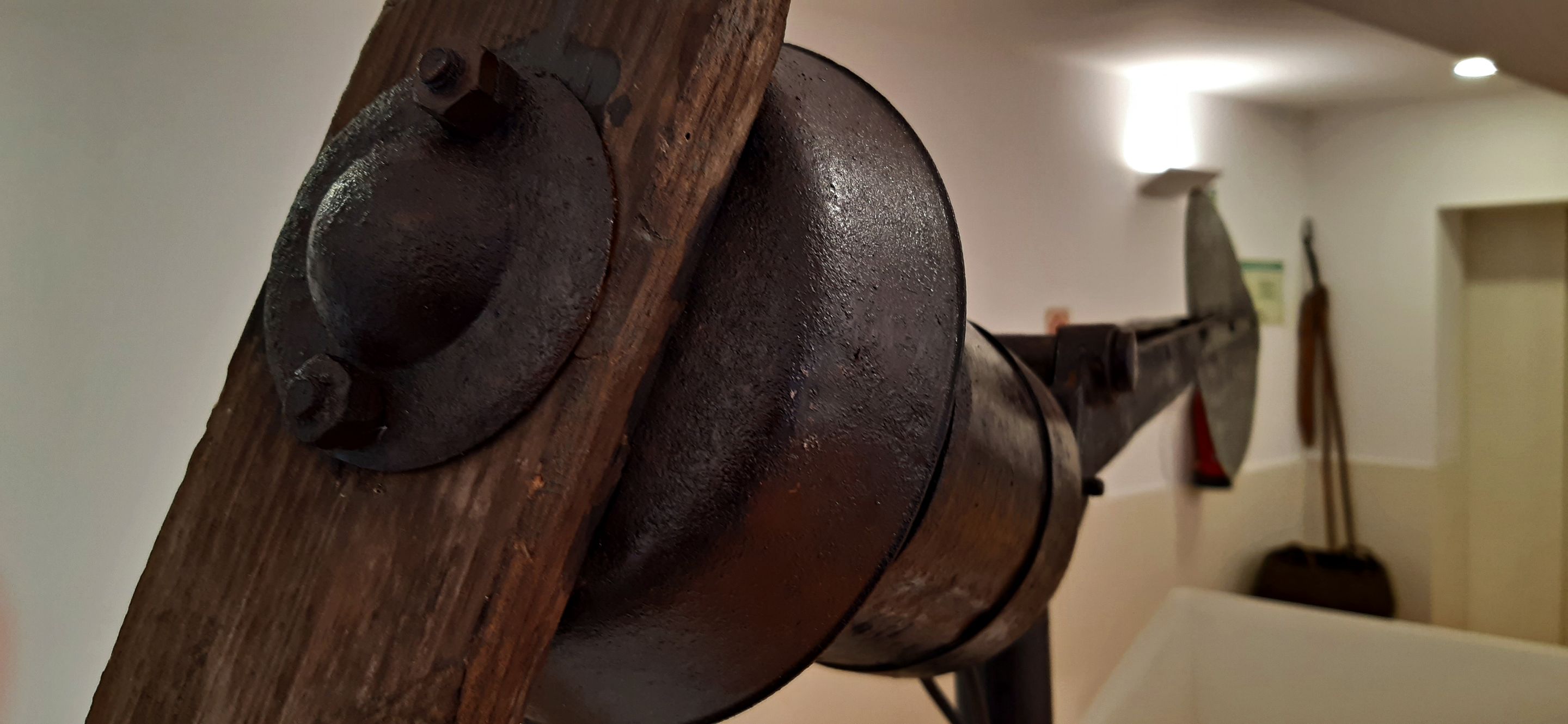

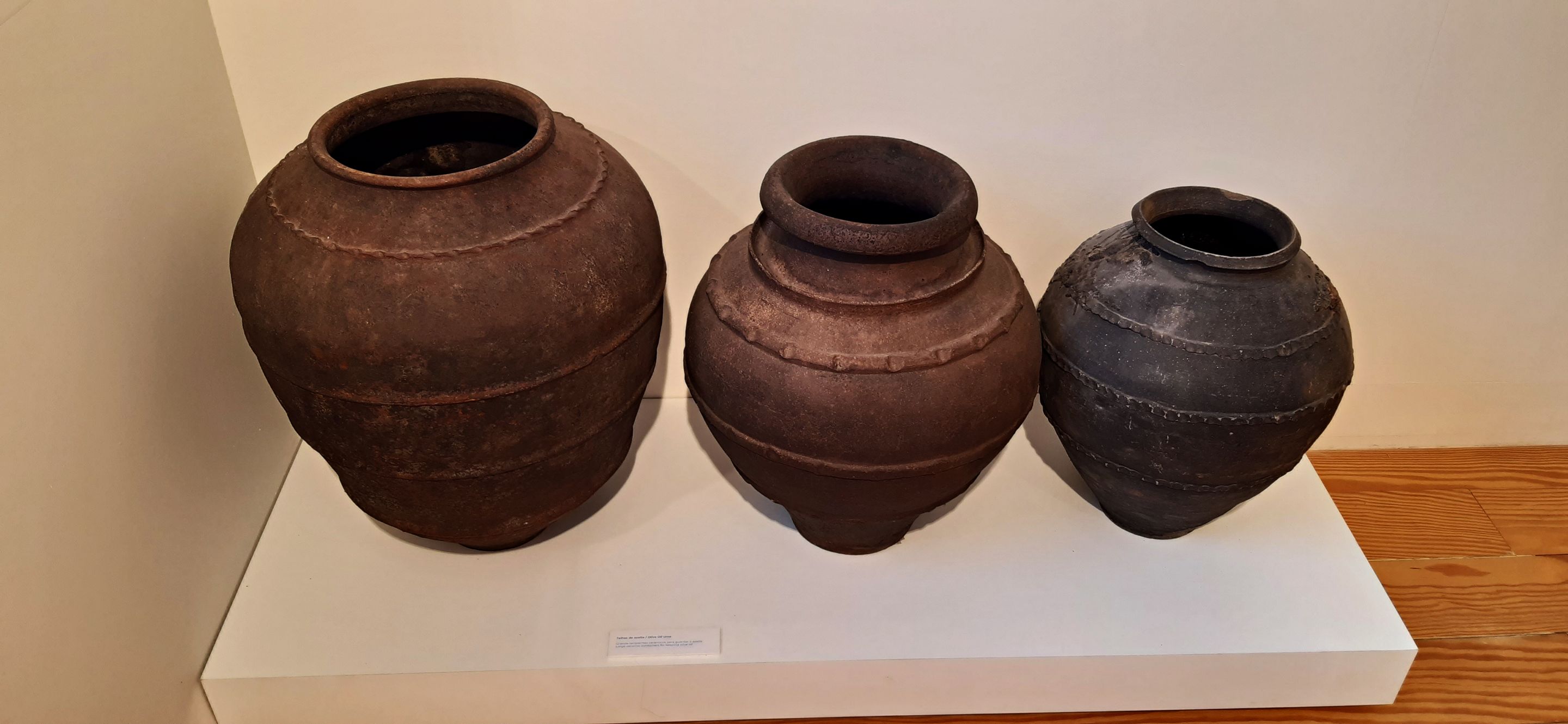
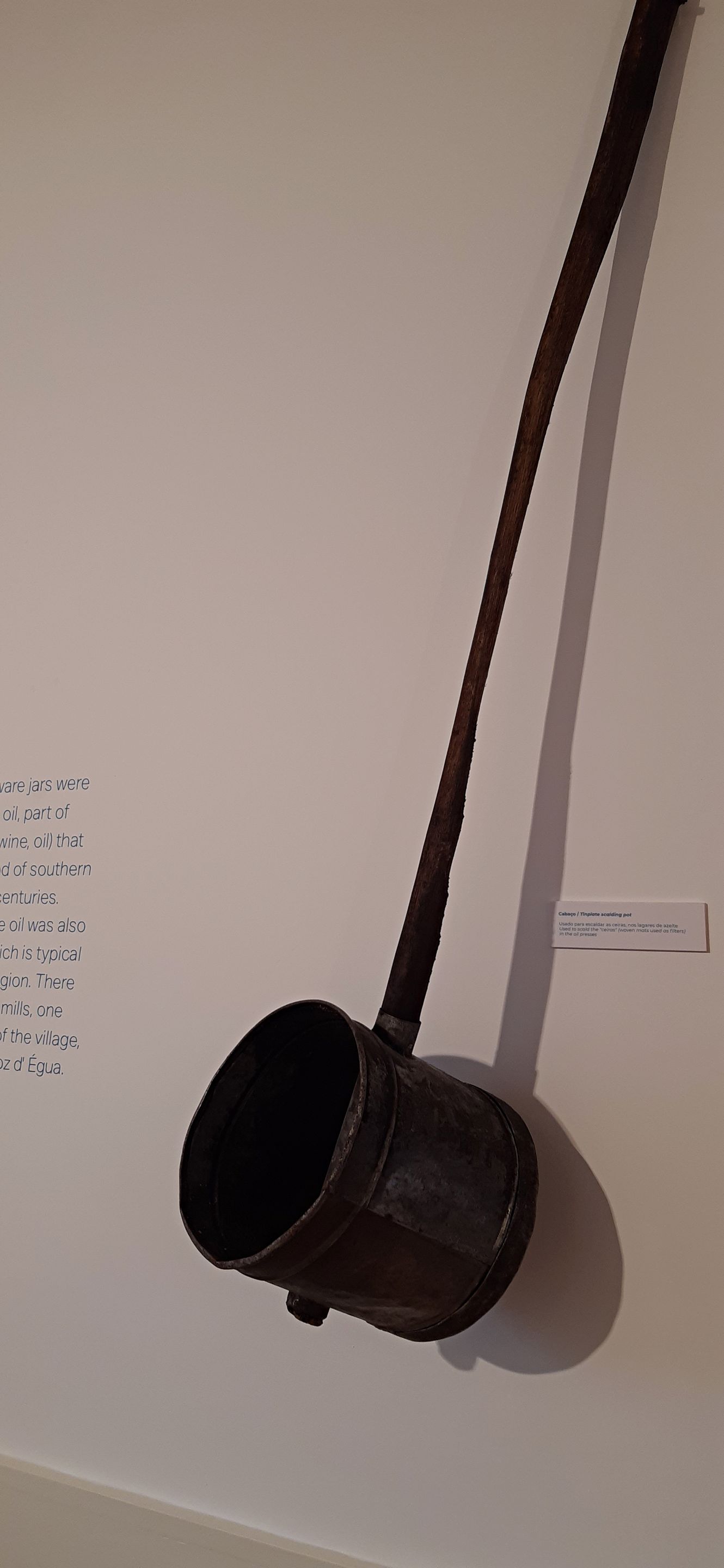
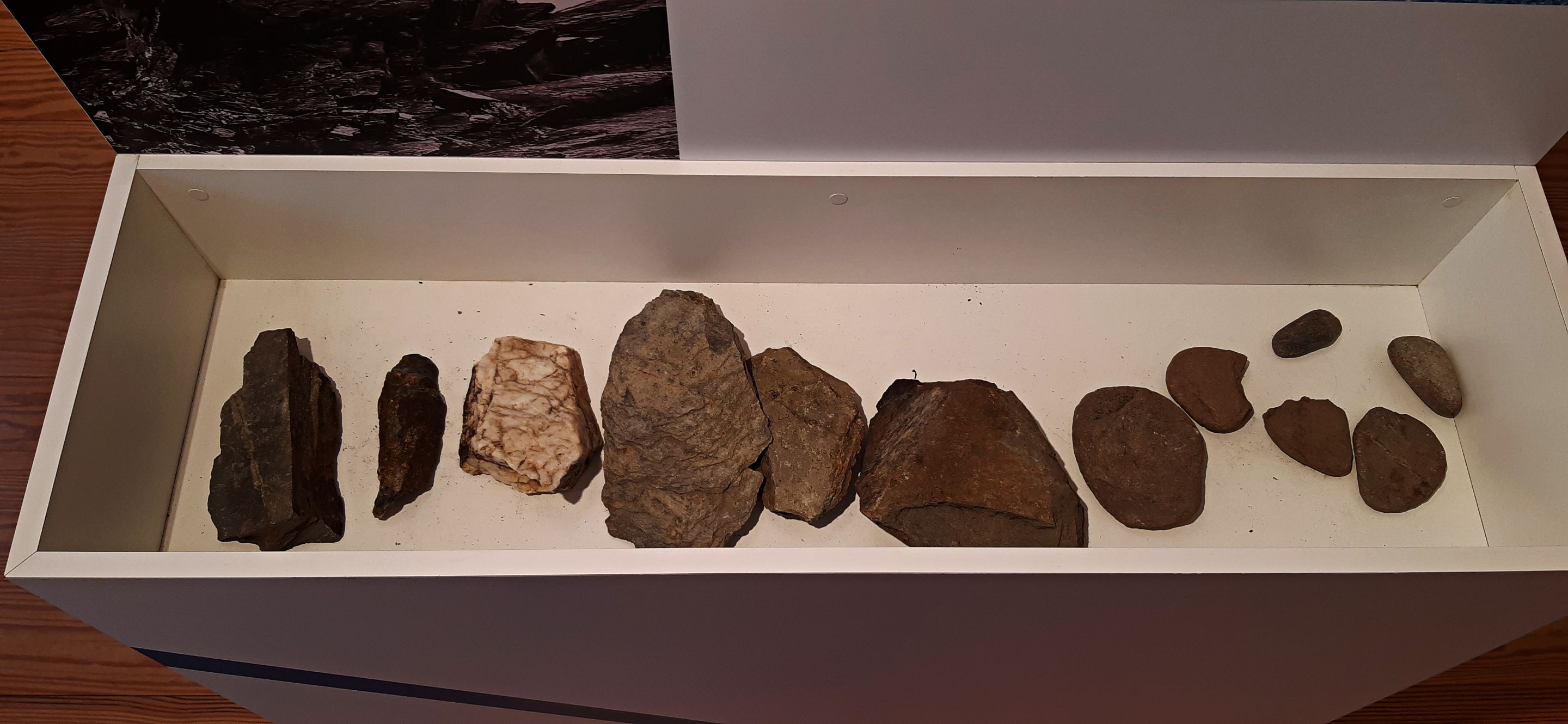
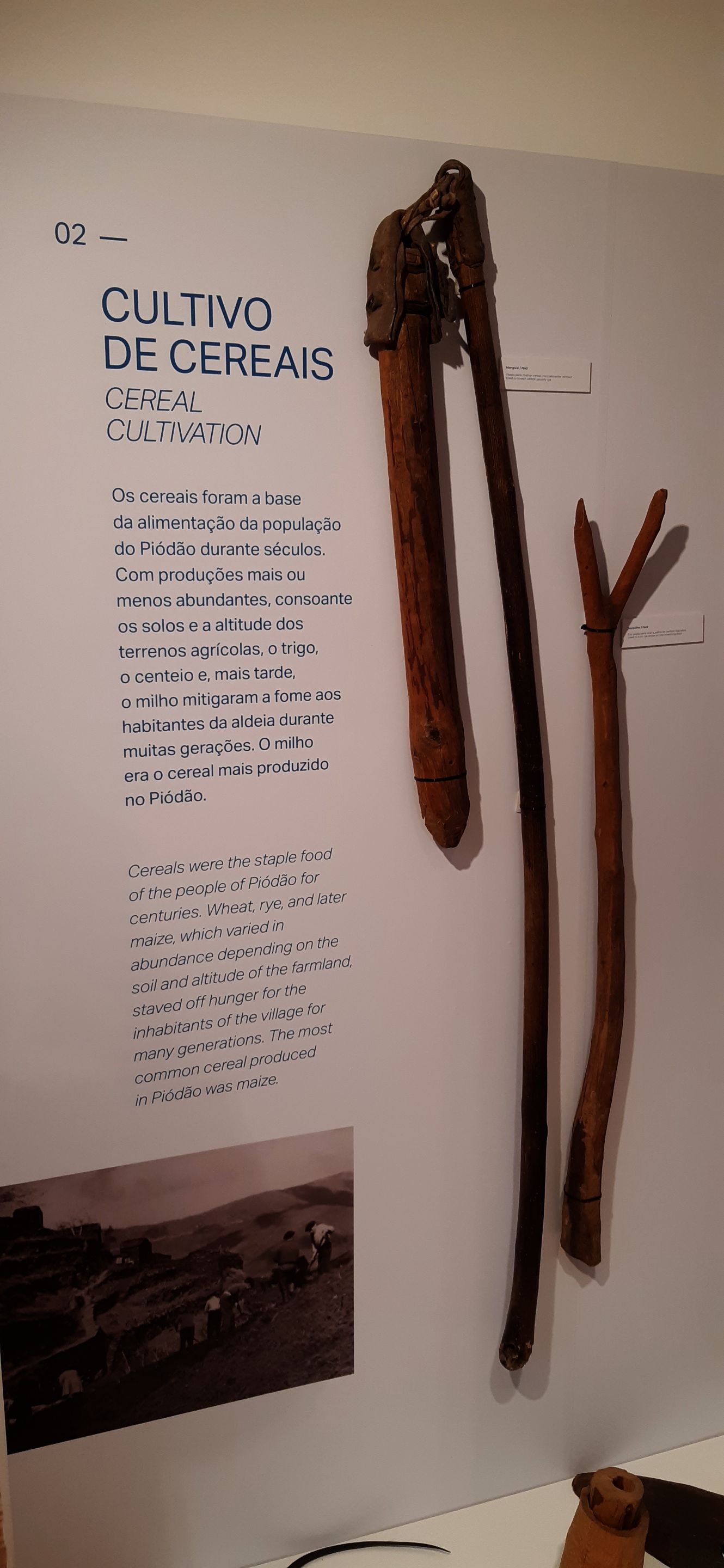



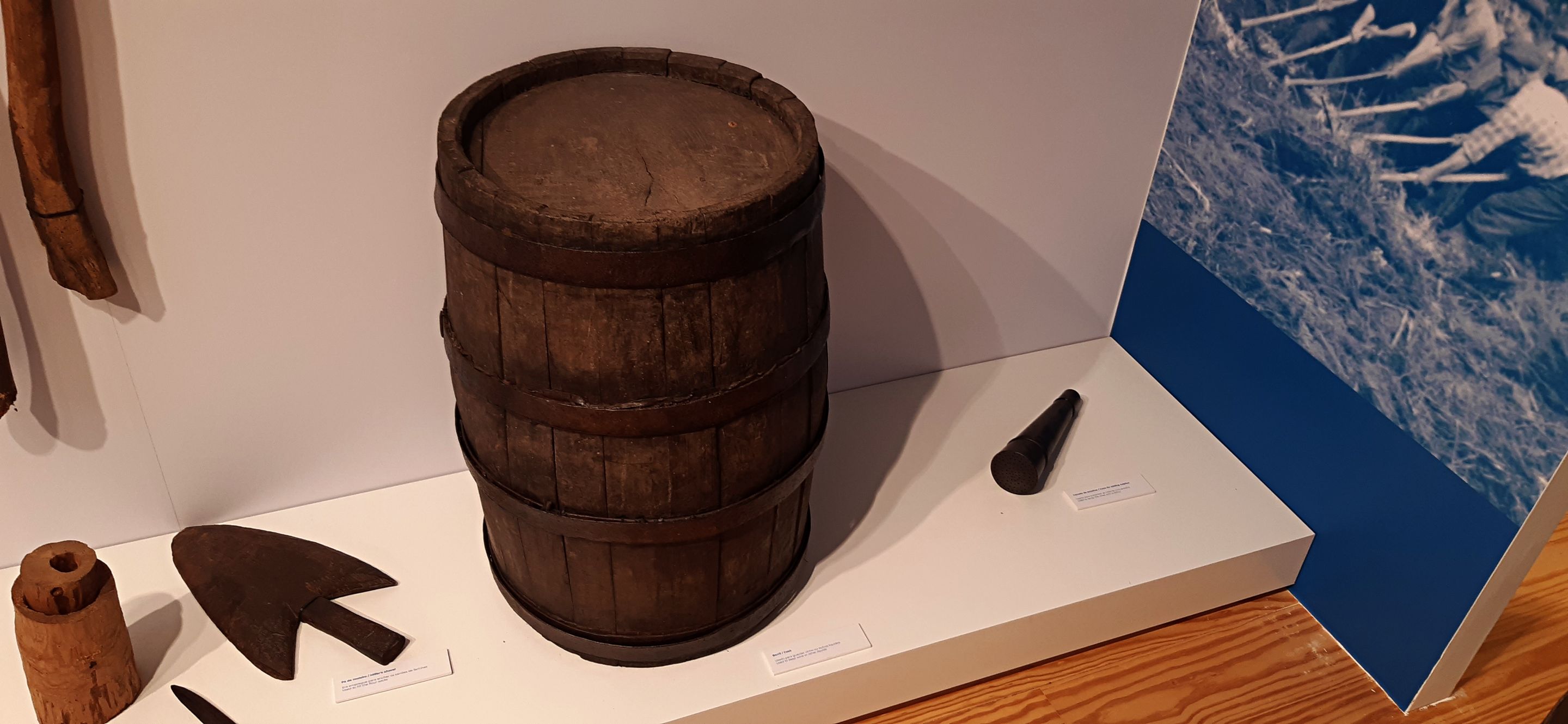
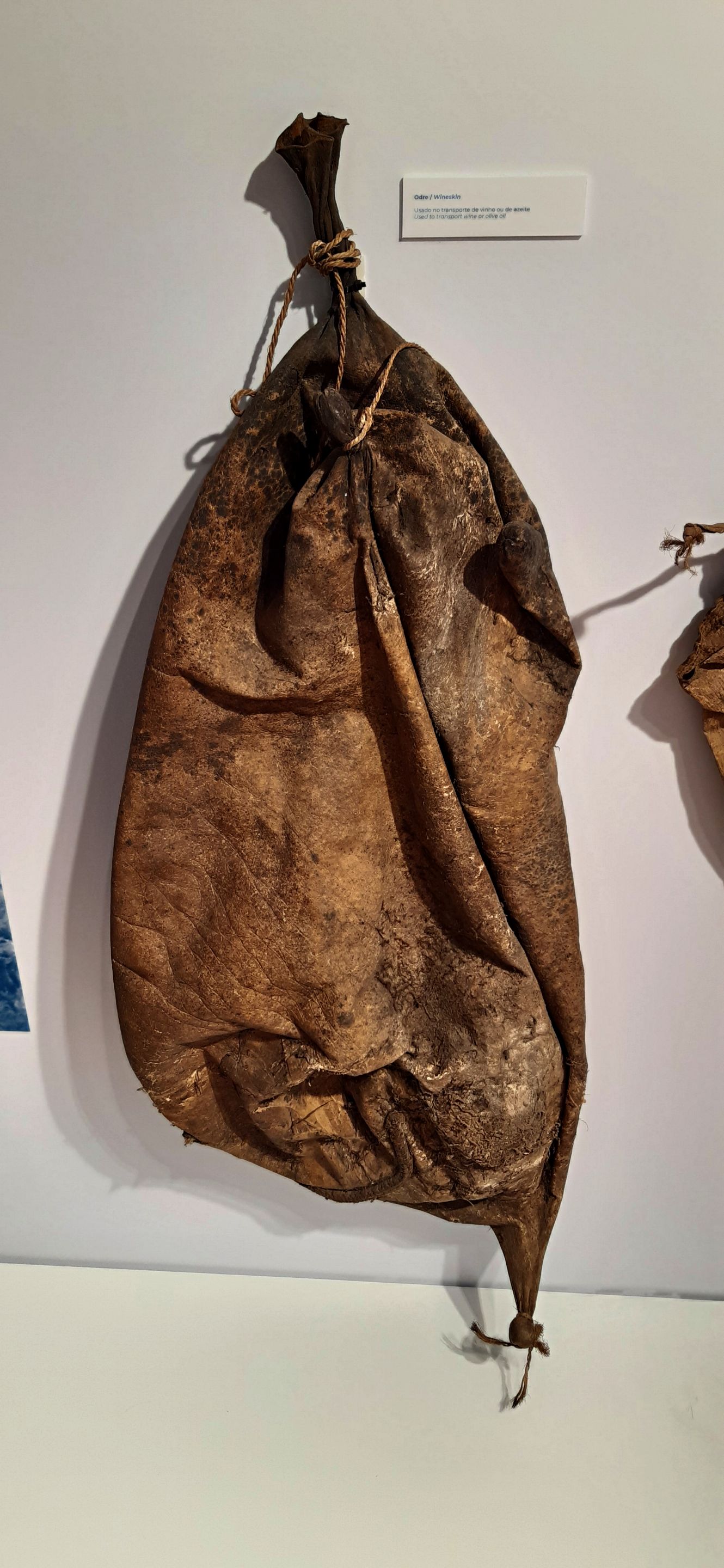
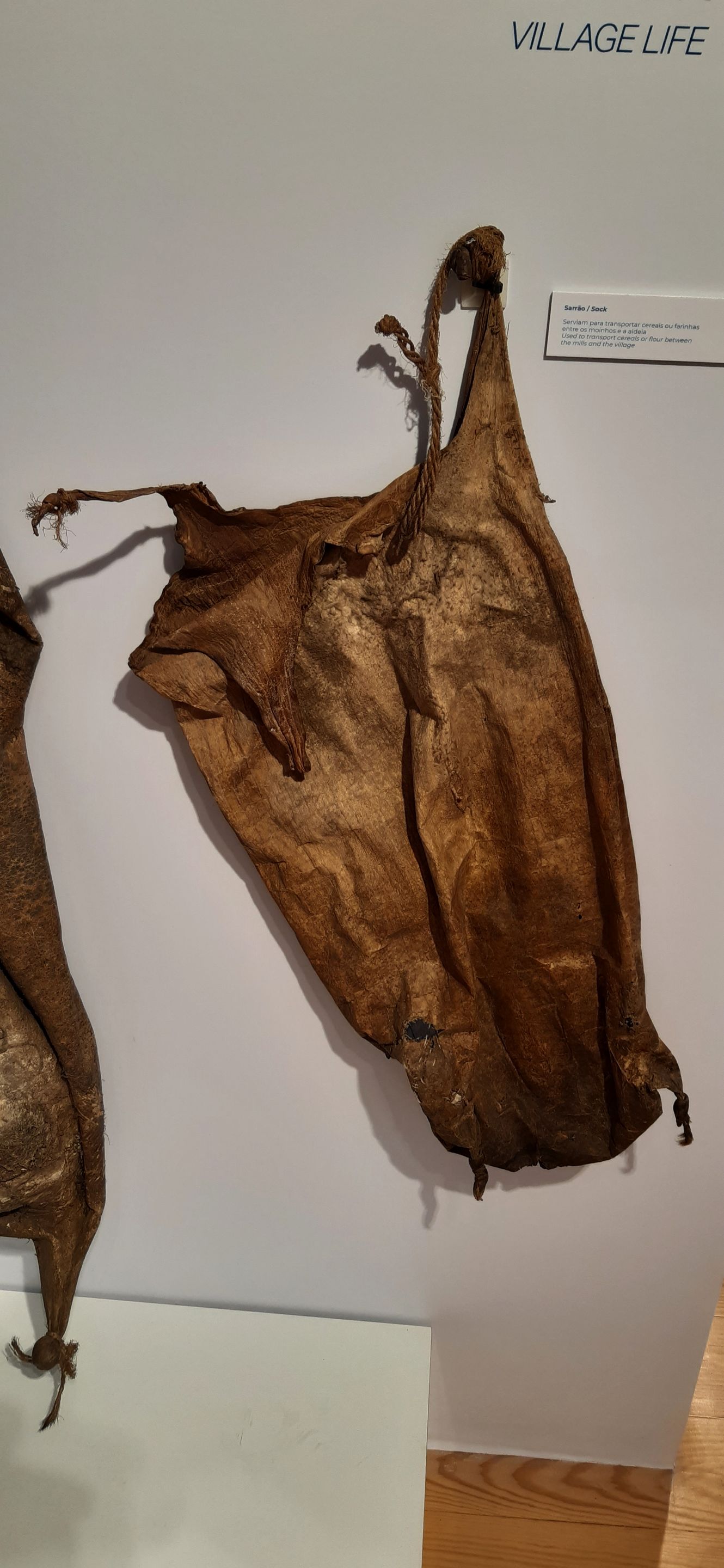
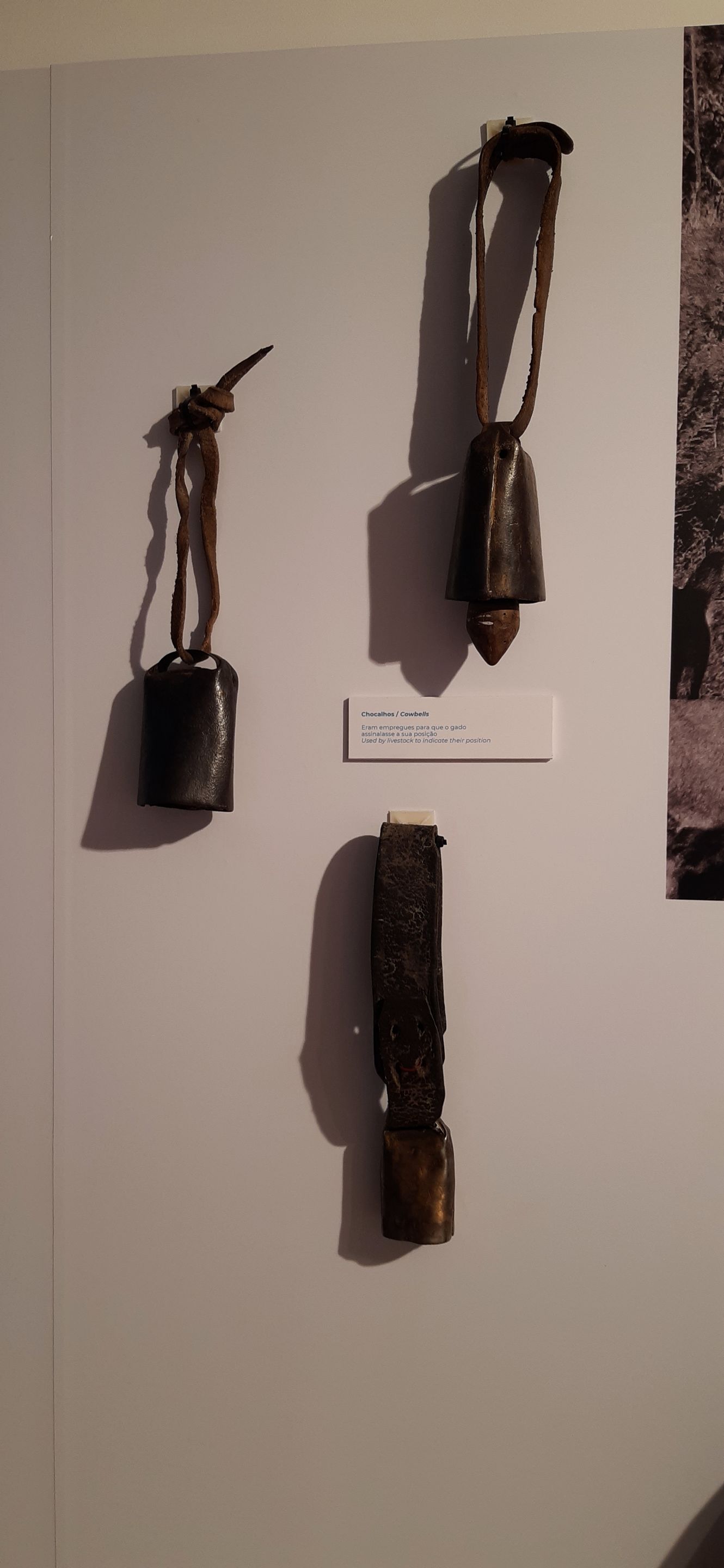

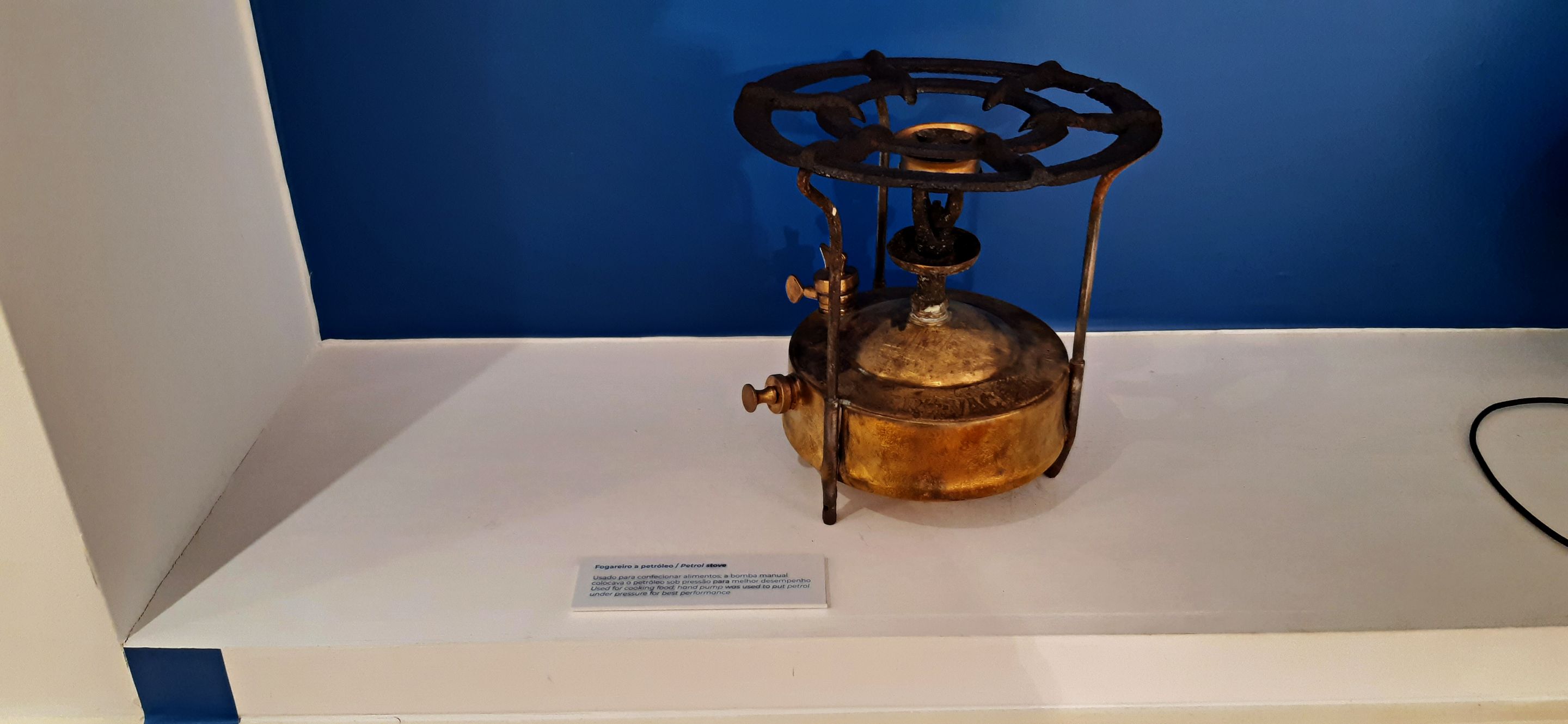
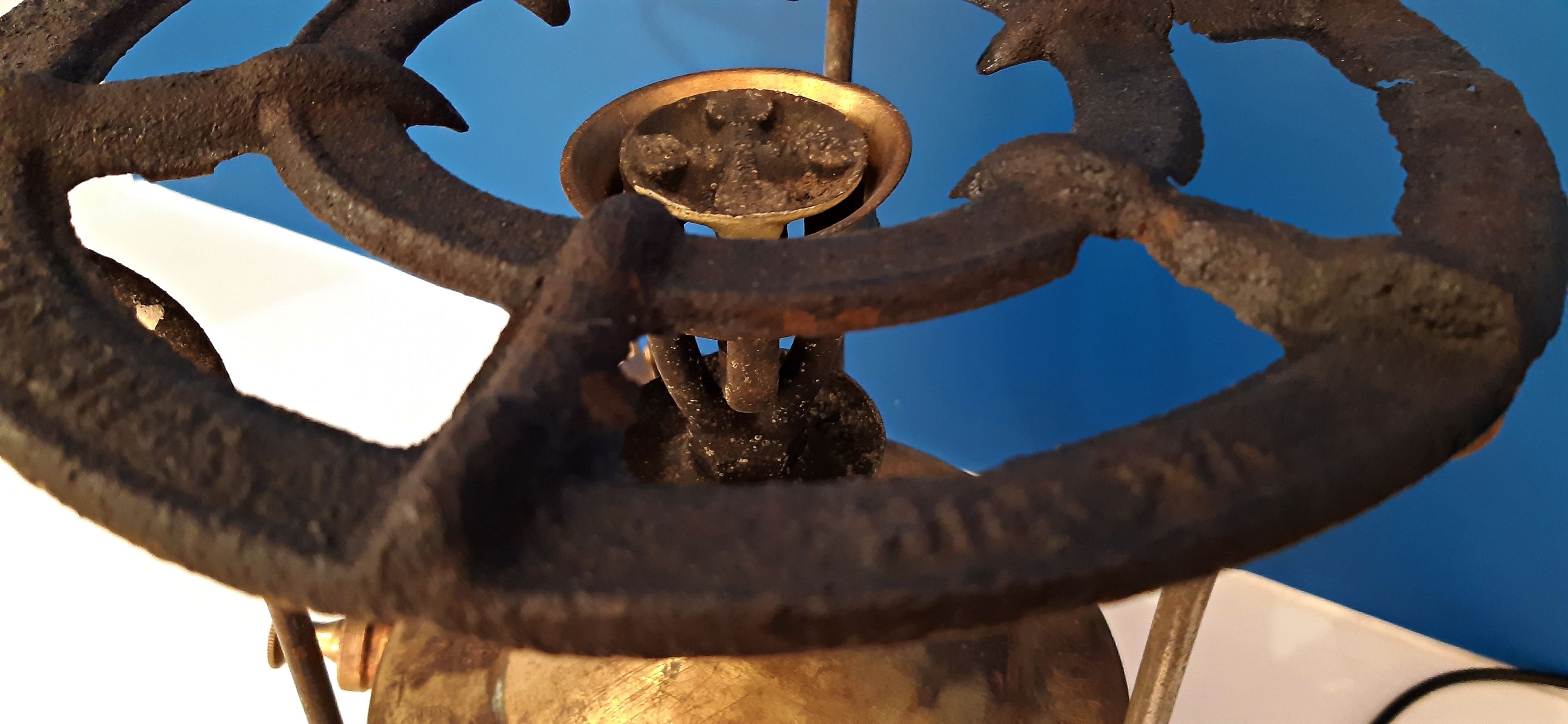
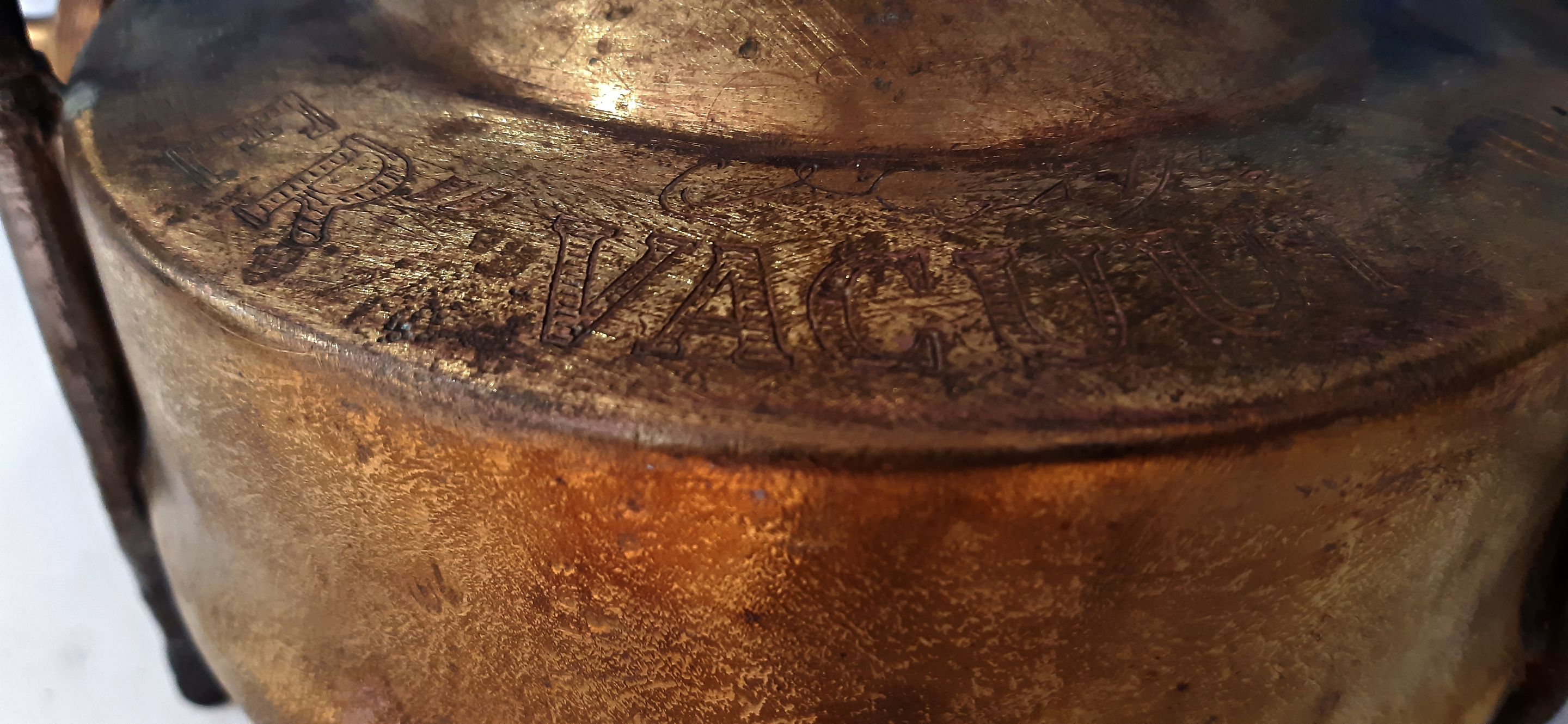
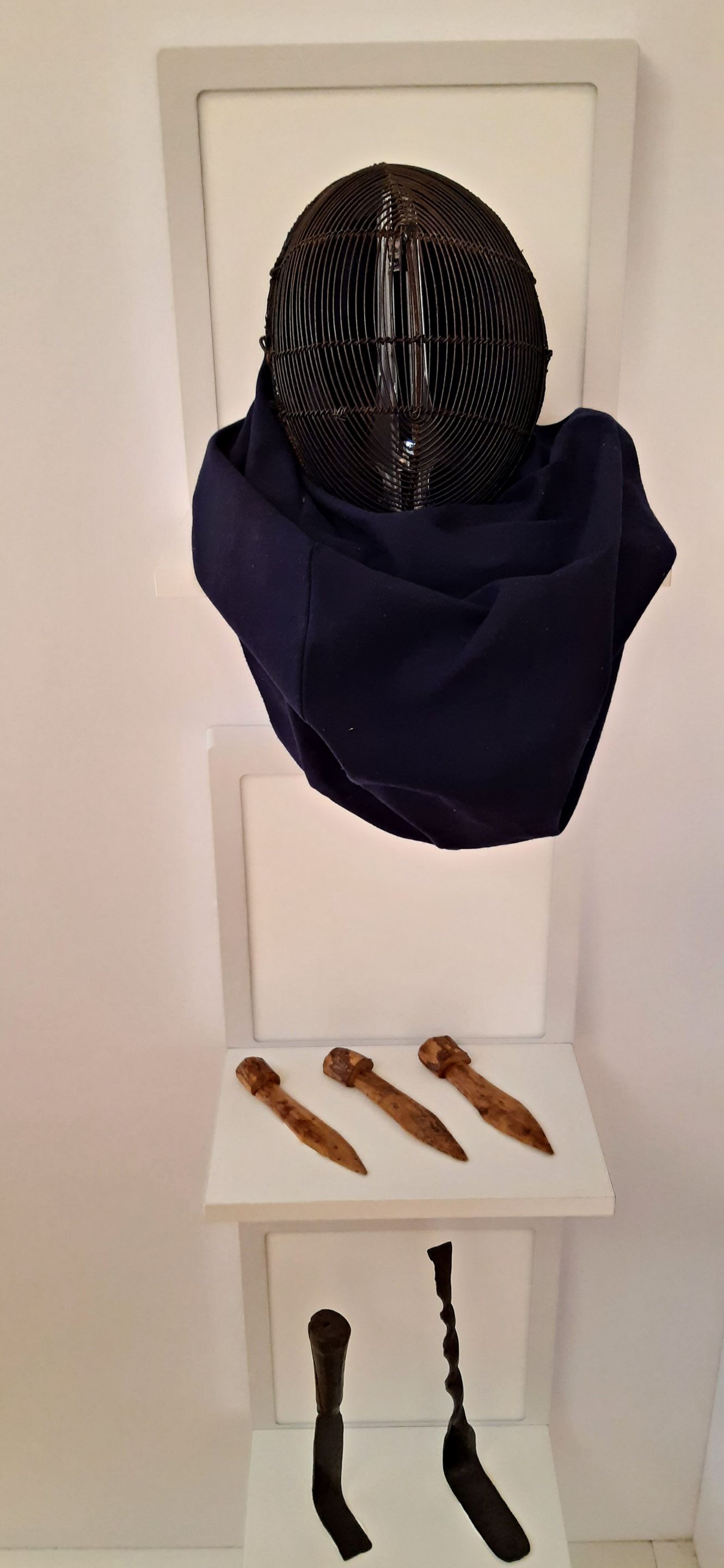
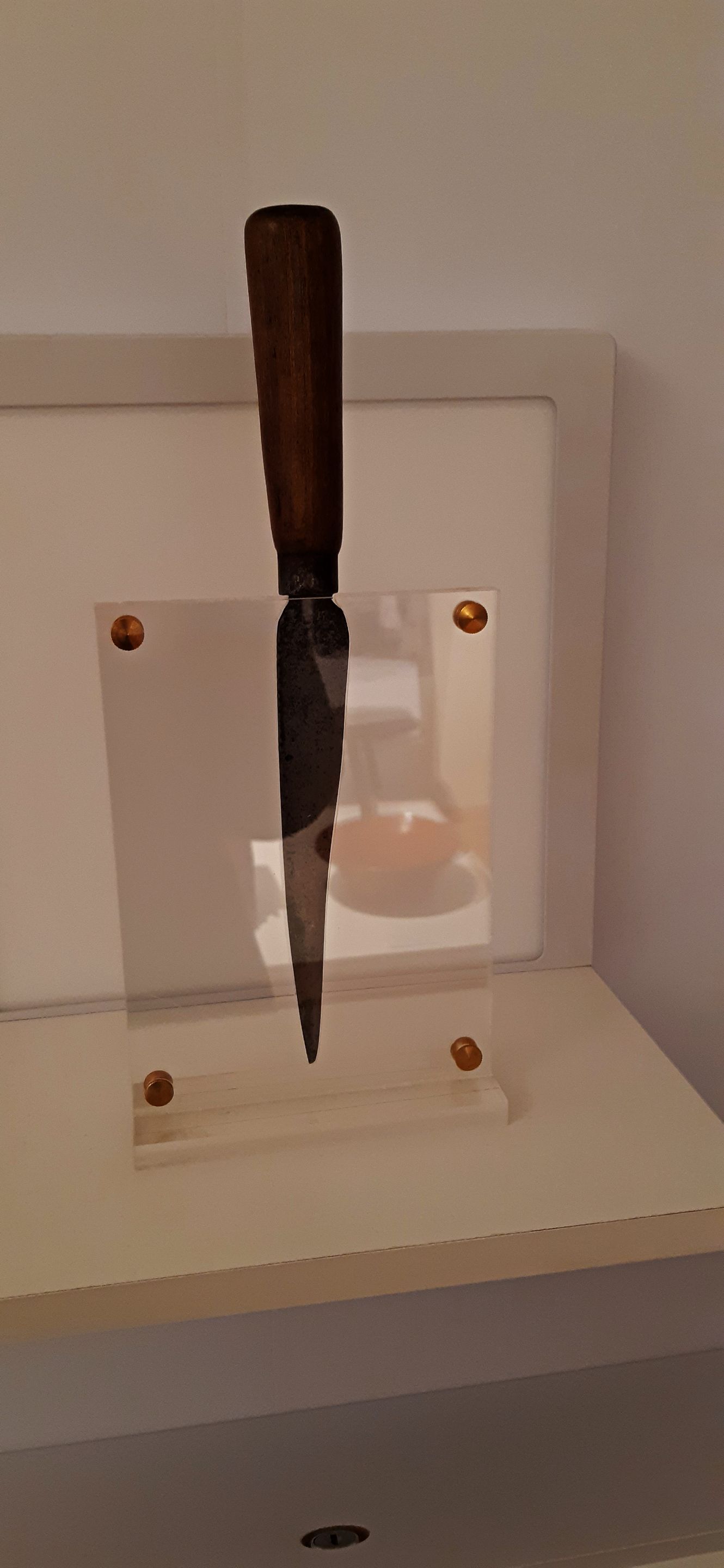
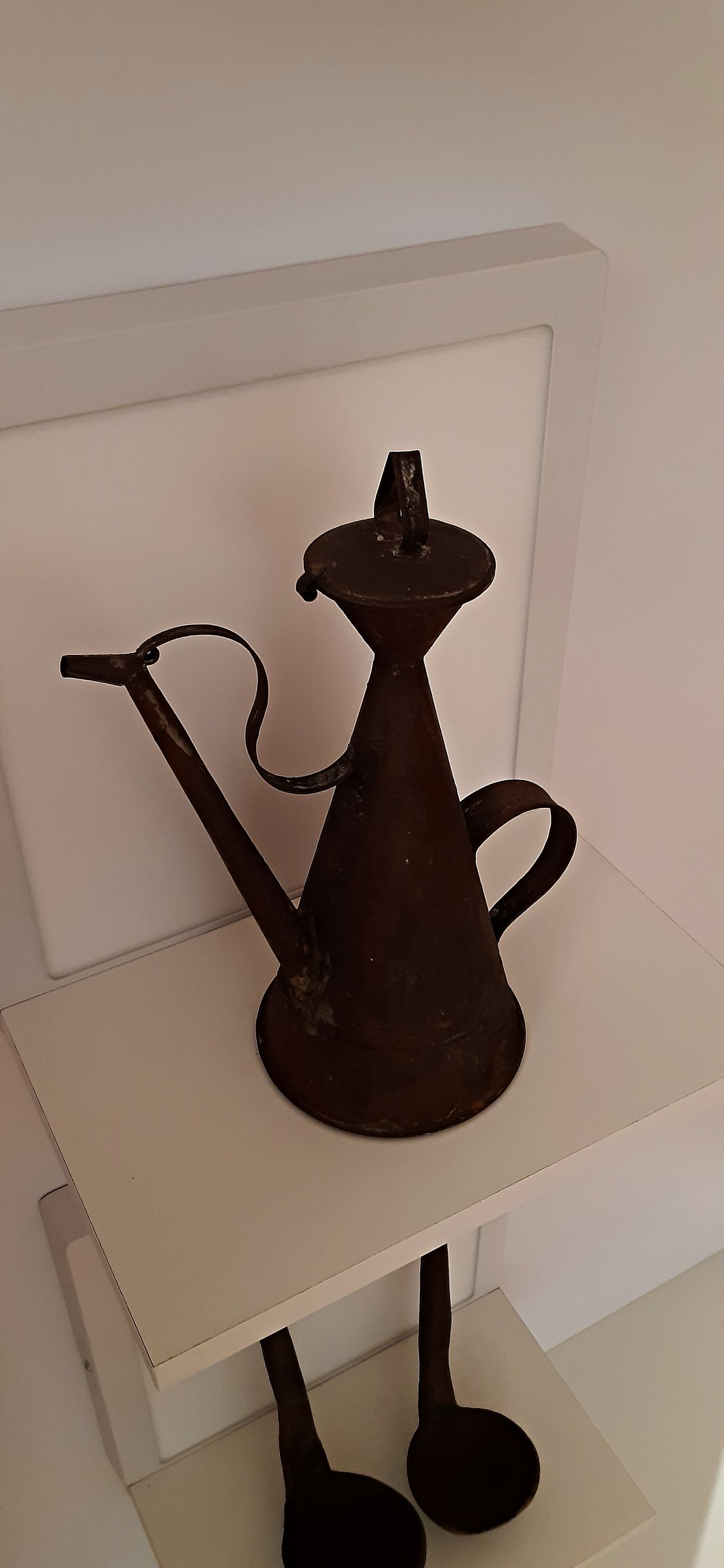
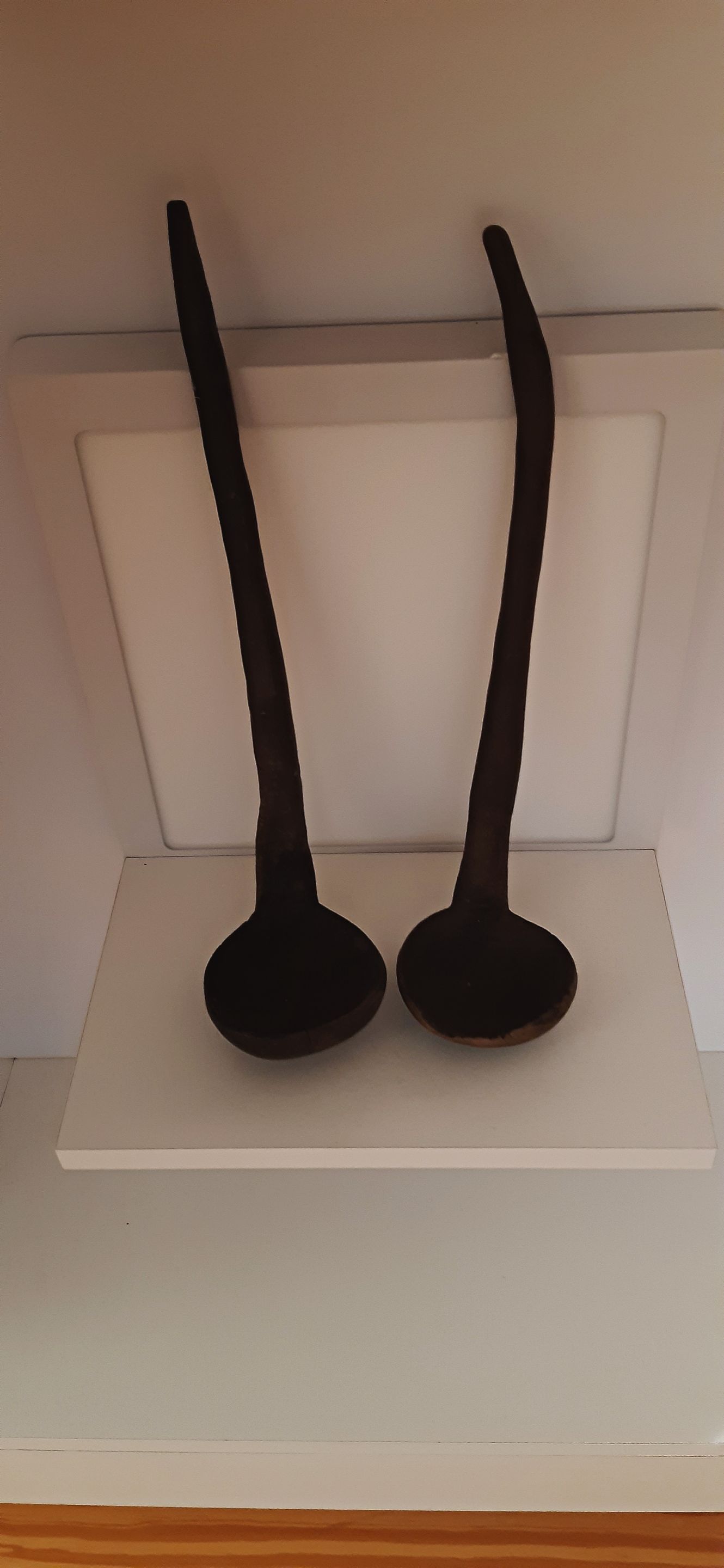
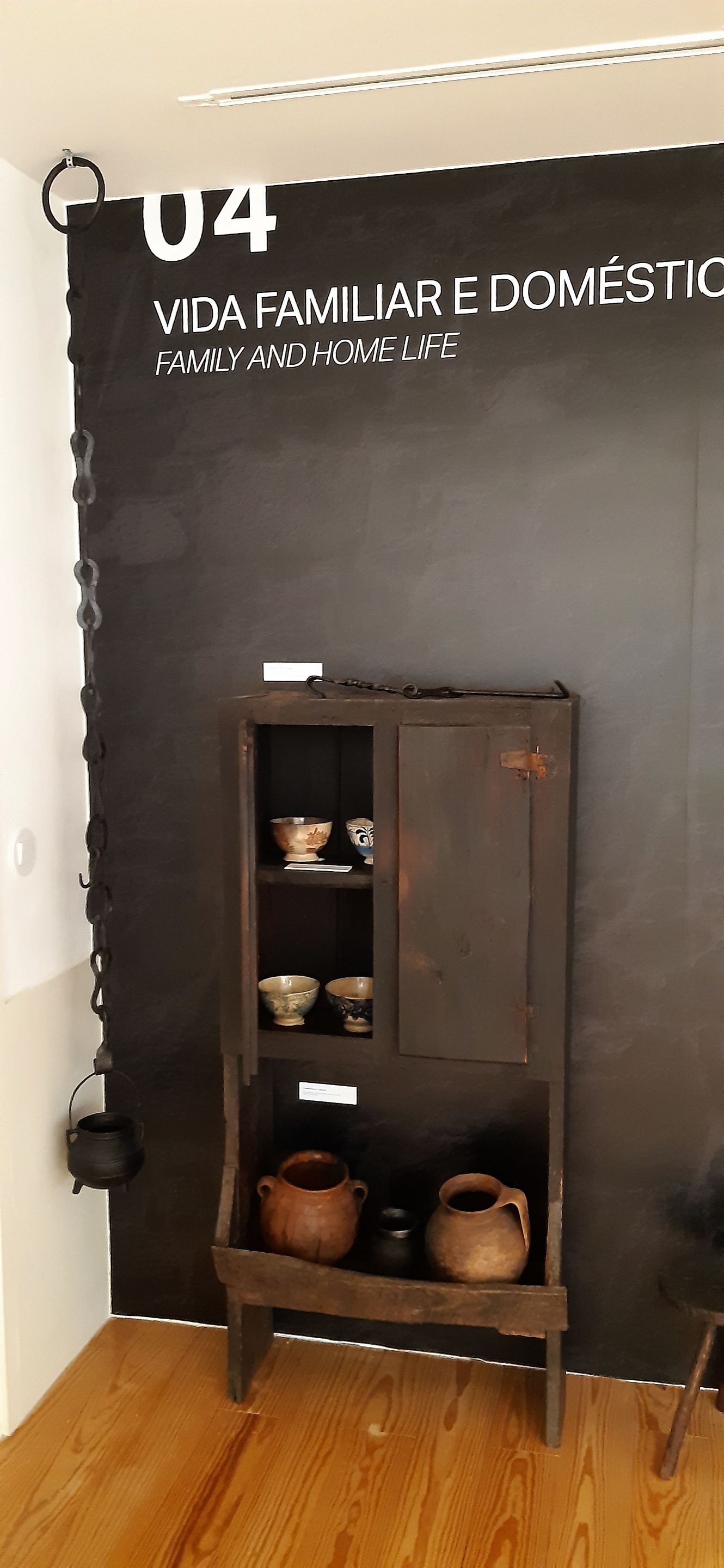
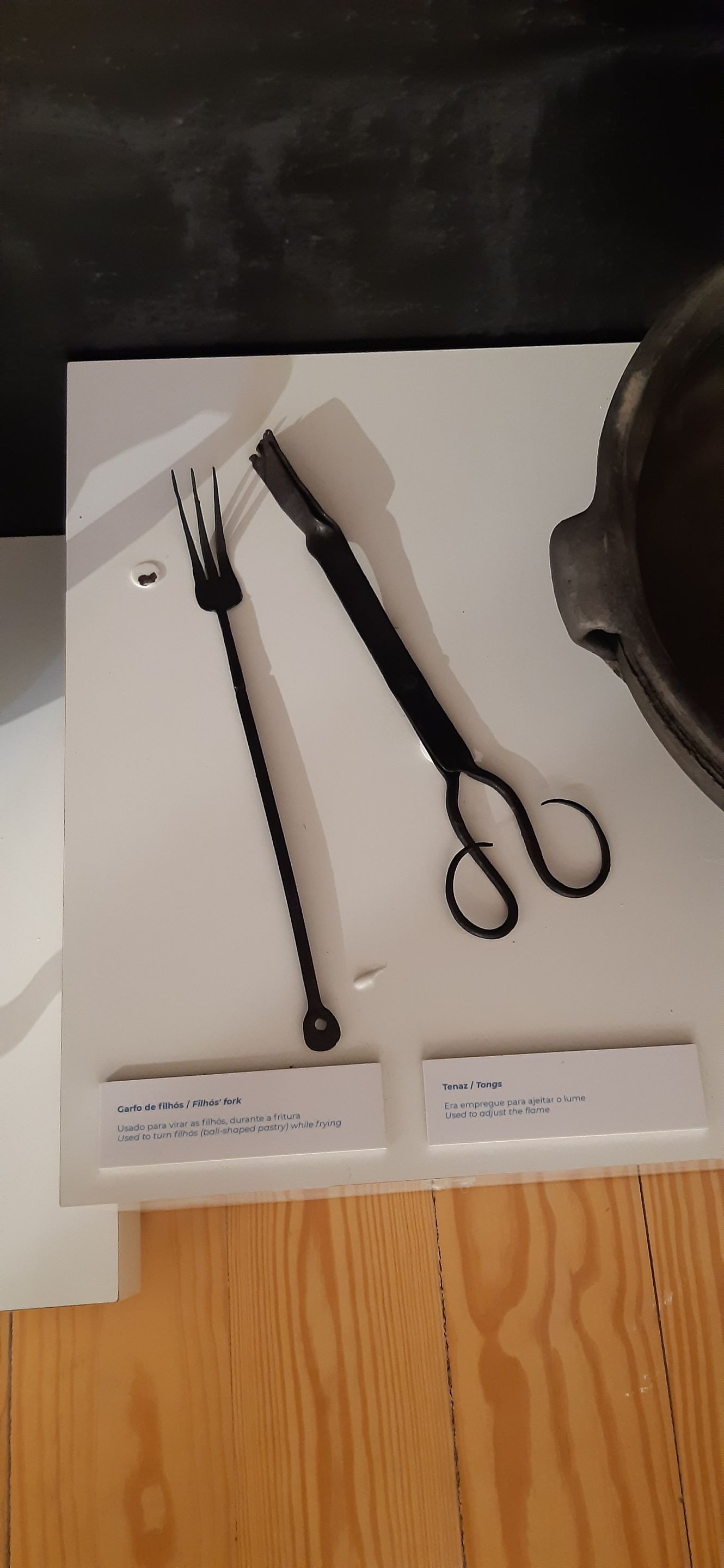

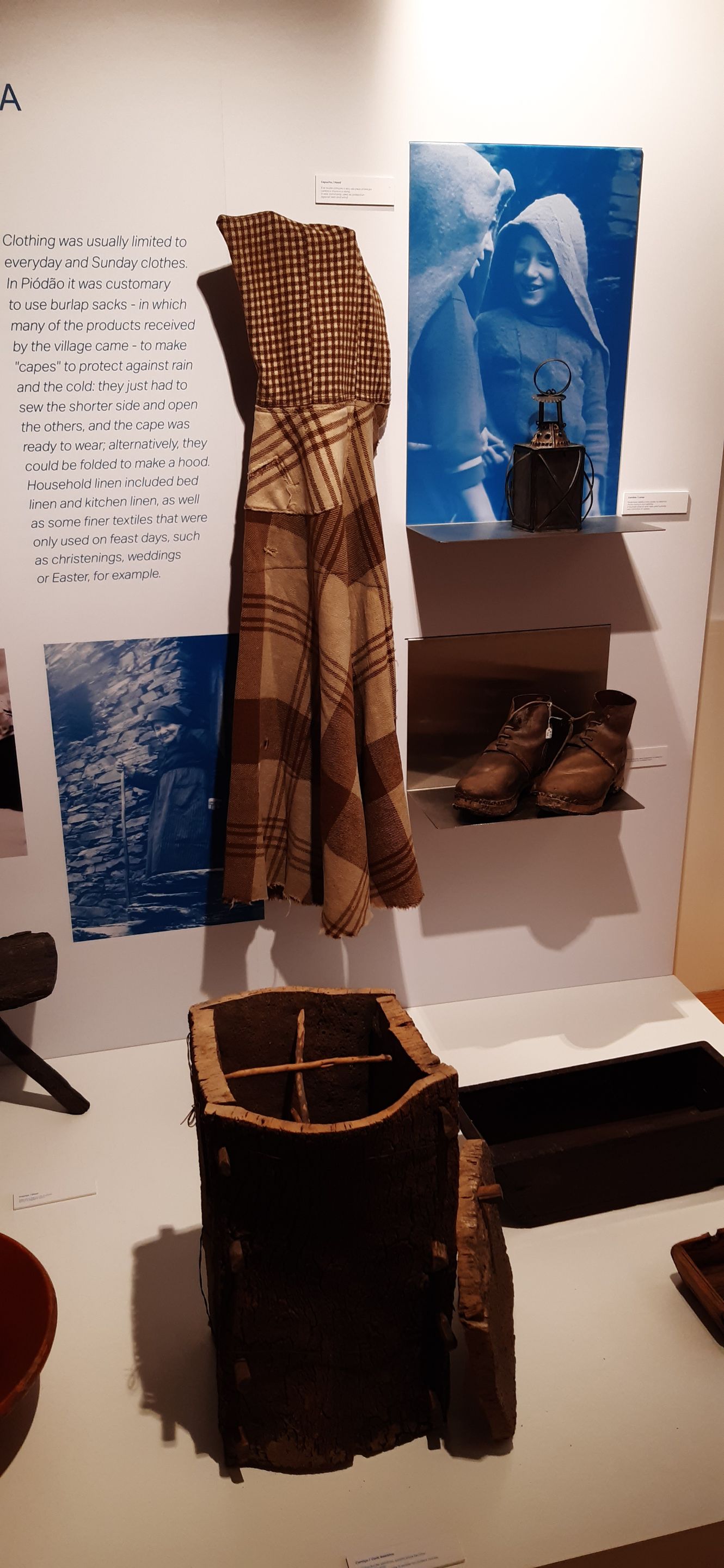
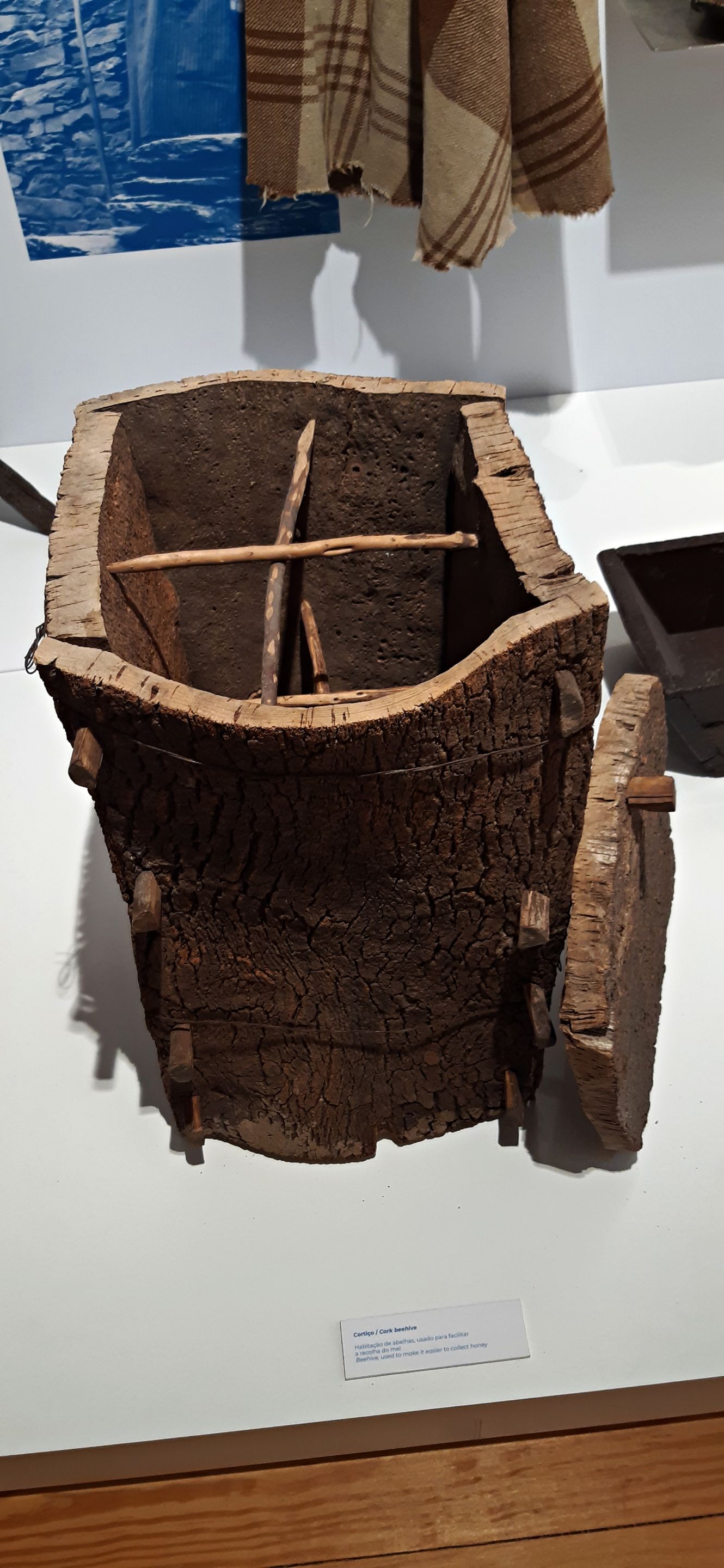
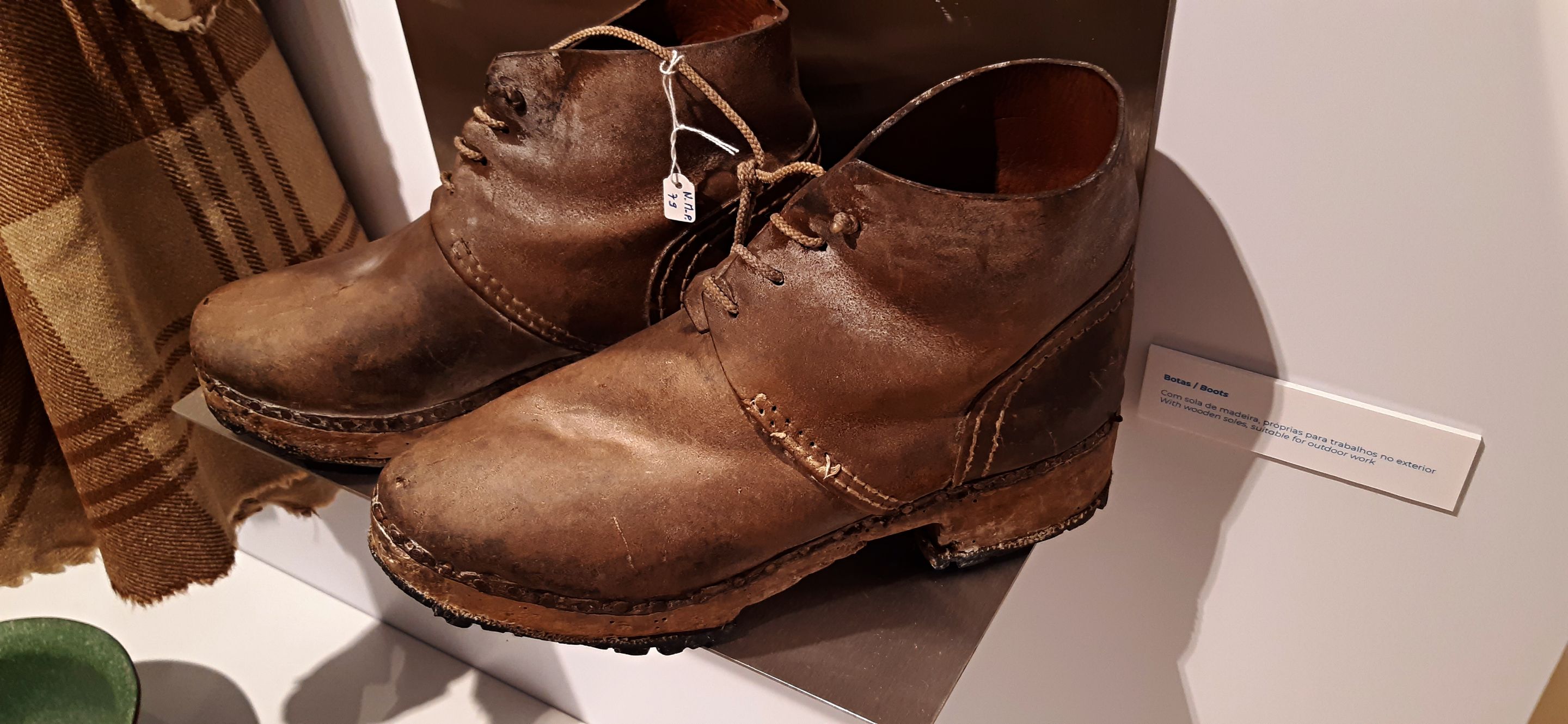
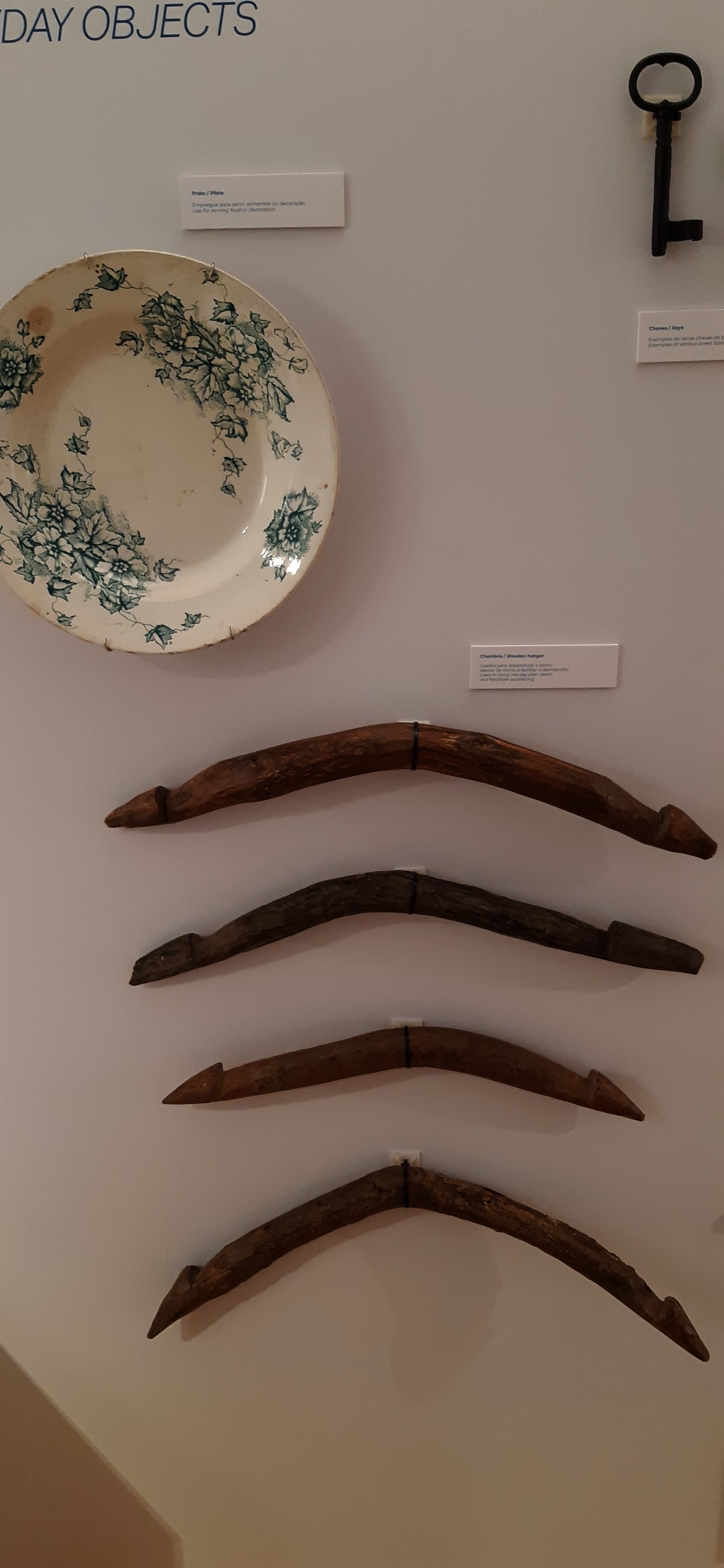


I hope you enjoyed this visit as much as I did!
See you next time!
Bem Hajam🍀
Photographic edition with PhotoScape X
Photocolage made with Canva
